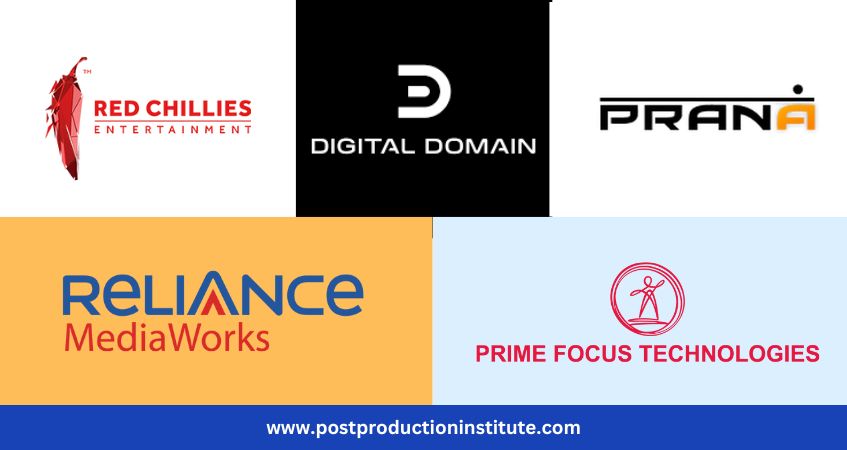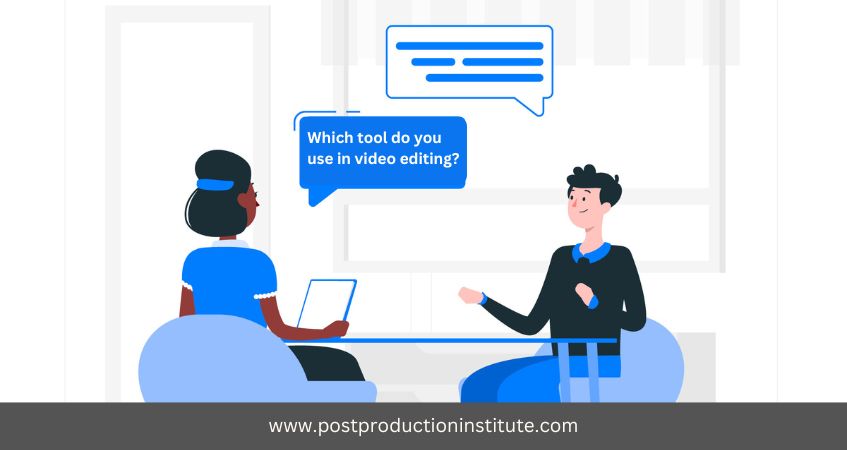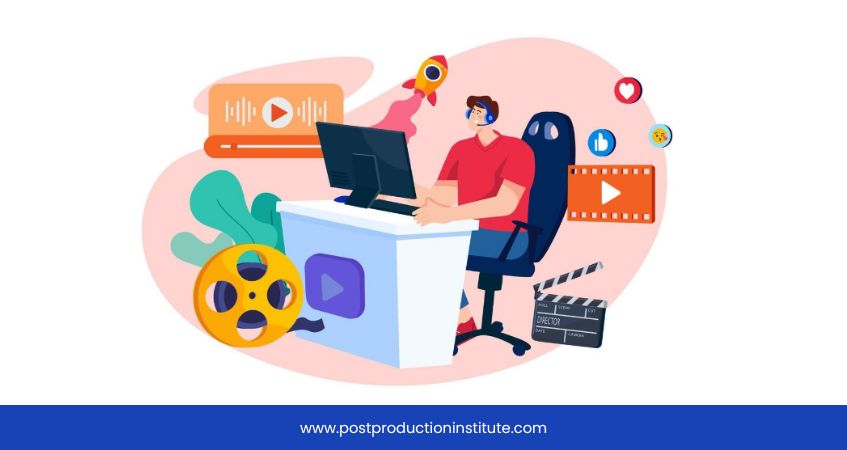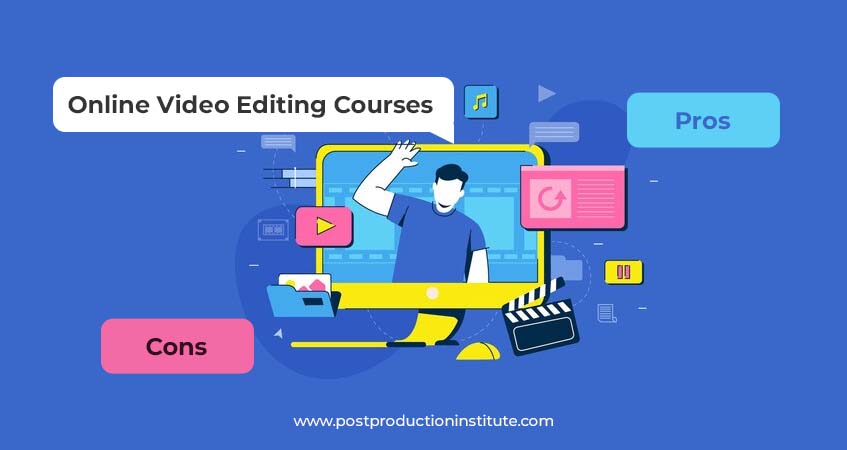Differences Between VFX and Post Production
VFX stands for Visual Effects. These are the imageries which are created in post-production. In essence, they are an image that appears in a film that could not be photographed during primary cinematography for whatever reason. Examples of VFX would be fantastical creatures whose physiology makes it impossible to create them via a “man in a monster costume”, sets that are too large and expensive to build physically or stunts that are so dangerous it’s safer to produce them in post-production via various means. If you want to become expert in vfx and post-production, then joining diploma course in post production can be beneficial. These vfx classes will help you develop technical and creative post-production skills through hands-on and lecture-based work, such as training with industry-standard post-production equipment.
Major Differences Between VFX and Post Production
- VFX are achieved via CGI. However, not all of them are achieved via CGI. Even today it’s common to use photographically sourced material and even miniatures in the production of VFX. The final composites are typically achieved digitally, but the images are not necessarily computer generated. Really, whether you classified digitally composited images as “CGI” or not would depend on how strict a definition you want to use.
- Post-Production is third and final stage of Visual Effect. Other 2 stages of film-making are Pre-production and Production. Pre-production is that stage when you’re spending money on script development, casting, scouting and securing crew. Production the stage where financing part comes in. It is when the shooting starts from dawn to dusk.
- Whether it is digital photography, television, and film, or video, post-production is a combination of tasks which should be executed or completed after the filming or shooting ends. This process comprises of various tasks such as editing any raw footage to cut scenes, insertion of transition effects, coordinating with voice and sound actors for dubbing, to name a few of the many tasks.
- Visual effects comprise of everything from digital animation to the implementation of a green screen background. At the post production stage, you can add visual effects to a video – whether you are looking for image correction, subtle color rendition, and compression, or any further conspicuous technical visual effects alteration – the most serious ultimate stage for any film. Post-production process will involve both CGI animation or visual effects, which will be used to astonish and stimulate viewers.
Advanced Training in Post production & Visual Effects
If you are a novice who wants to learn everything related to vfx and post production or a professional who wants to update his/her skills, then join visual effects training in Delhi which offers numerous courses aims to help you develop a knowledge of the theories and technologies that are related to production and post production of visual effects in film and television. Individuals opting for these diploma and certificate courses will also be imparted practical skills that are required in the film or television industry professionals. Post-production training courses are also seamless and recommended if you want to build up your career as a professional Post Production Master in the industry.
Your understanding of professional production values and aesthetics will be enhanced through technical analysis and critical evaluation. You'll also work on creative and technical collaborative projects with others studying related courses. This will allow you to develop a range of skills, such as time management, working to objectives and teamwork which you will find useful in the film and television industries as well as elsewhere. You will learn in Post production Institute how to combine technical expertise with creative direction and pursuit of the latest technologies for creating 3D post-production work which will create powerful experiences. Before making a start on any digital post-production project, we will ensure that students get a brief and plan out a comprehensive workflow timeline.




